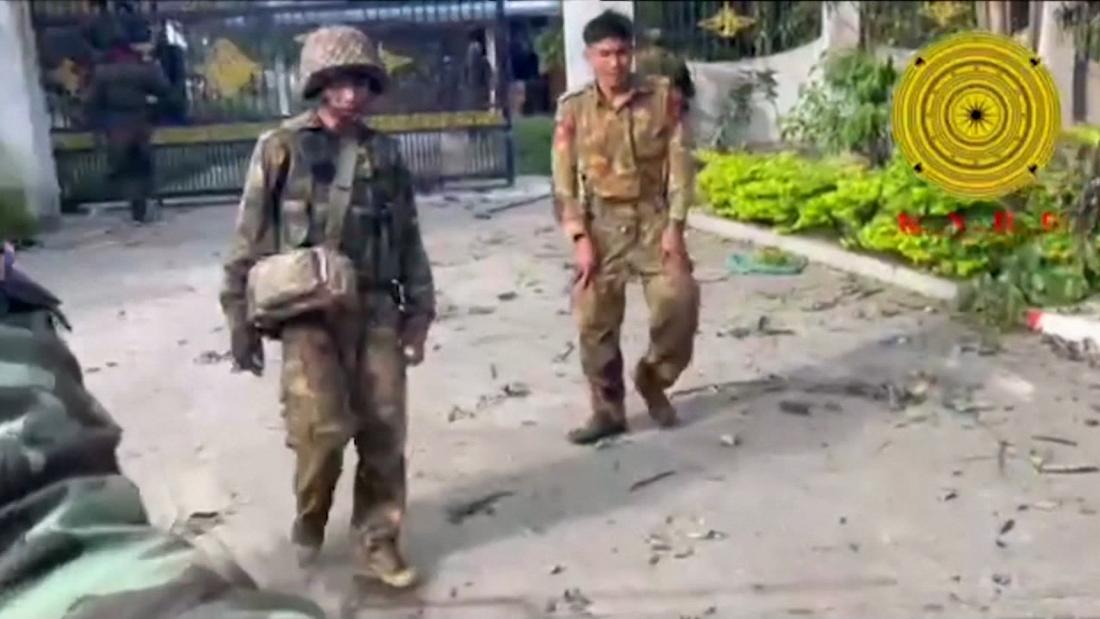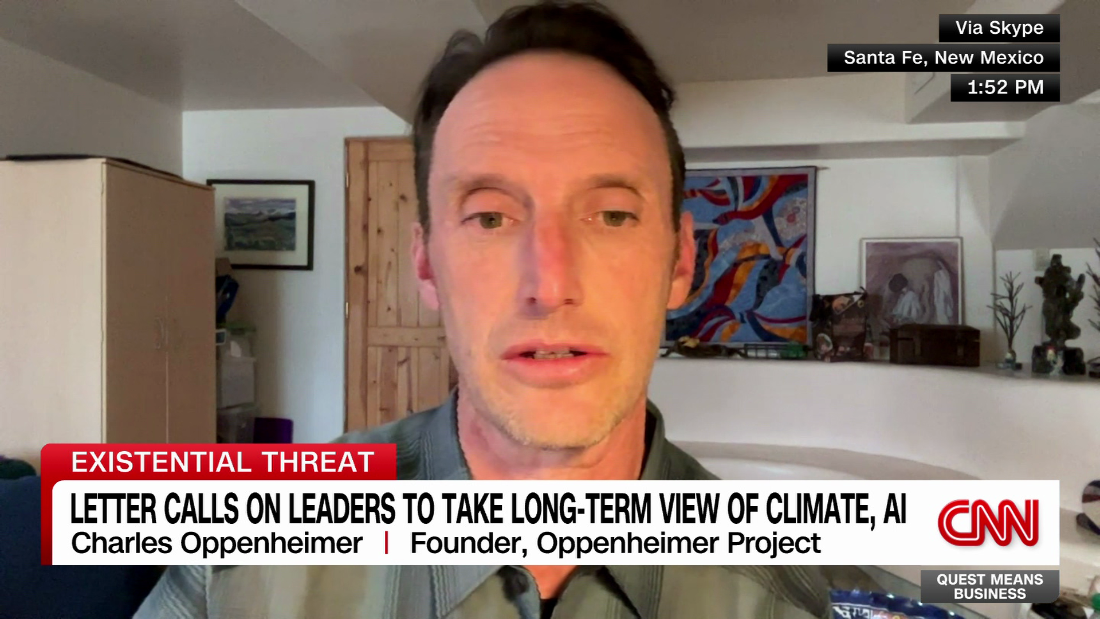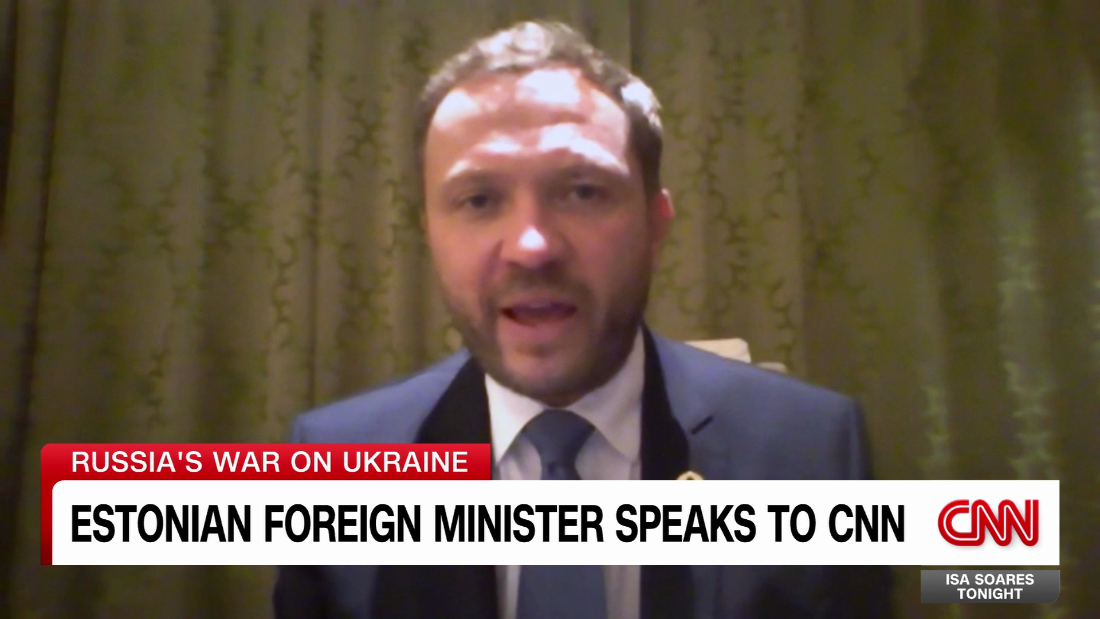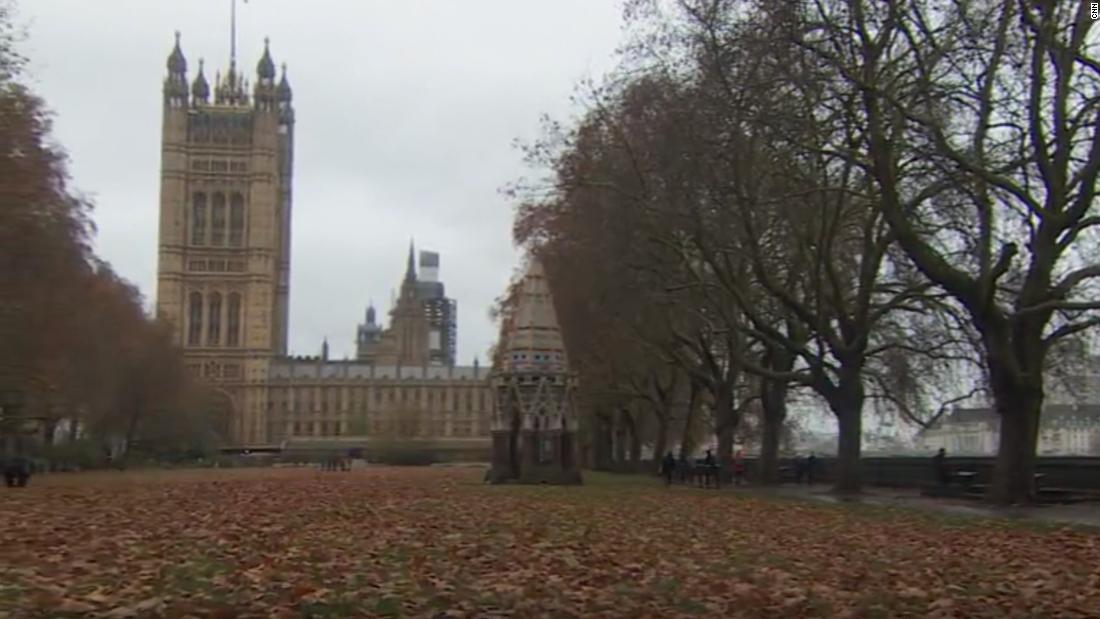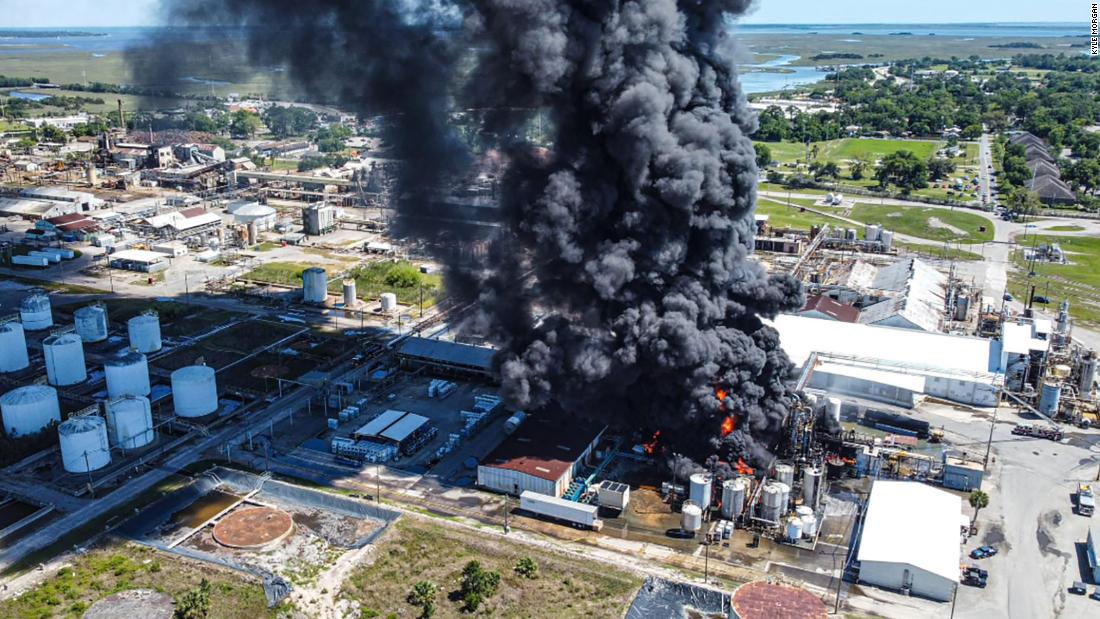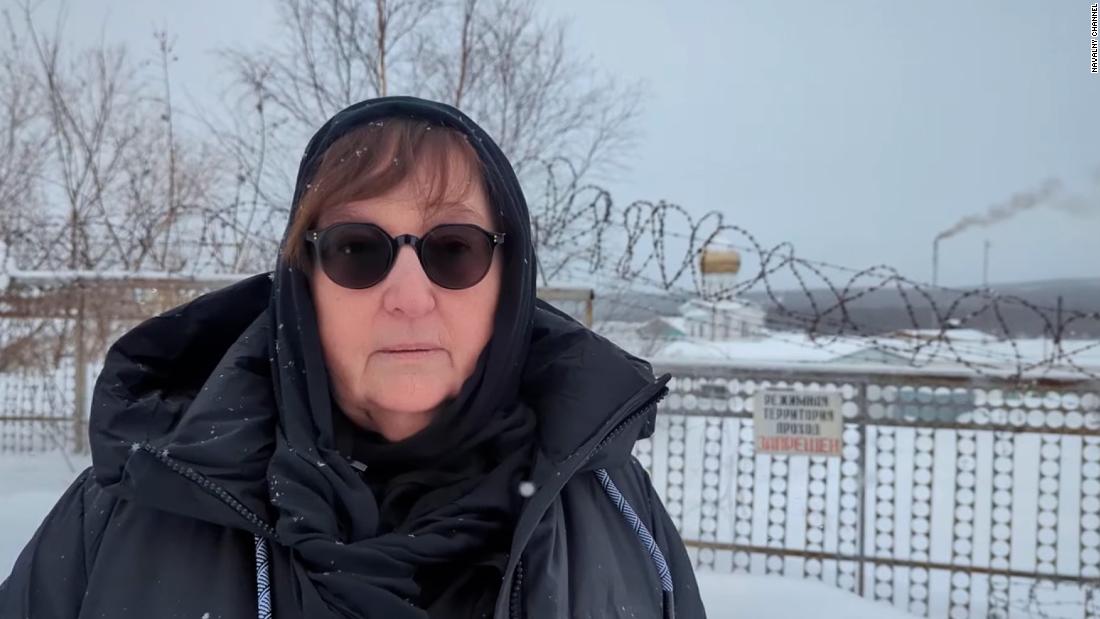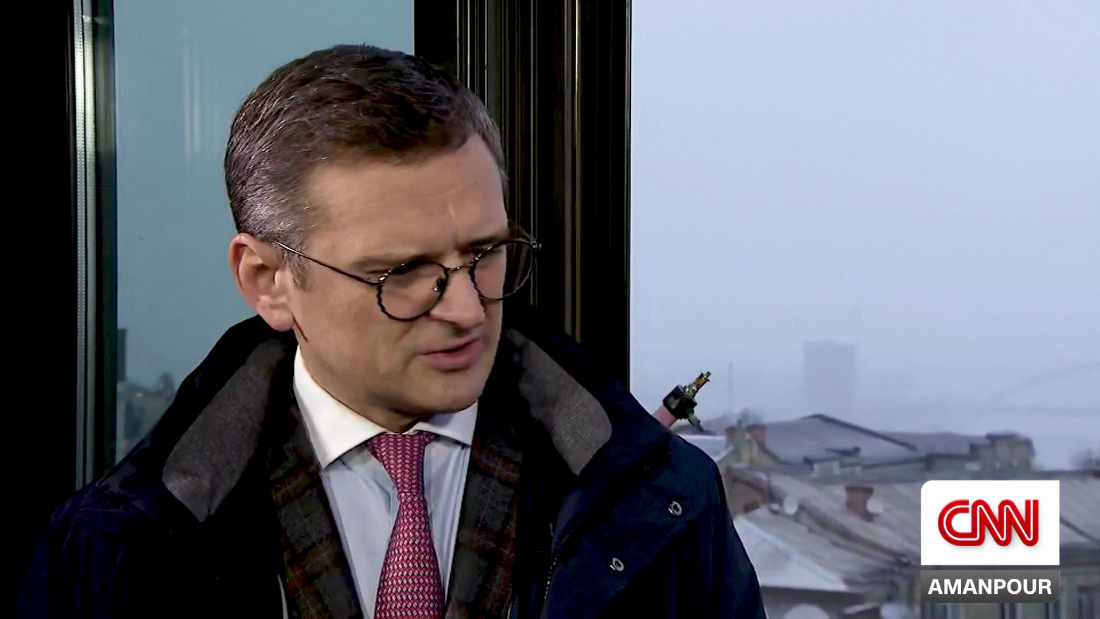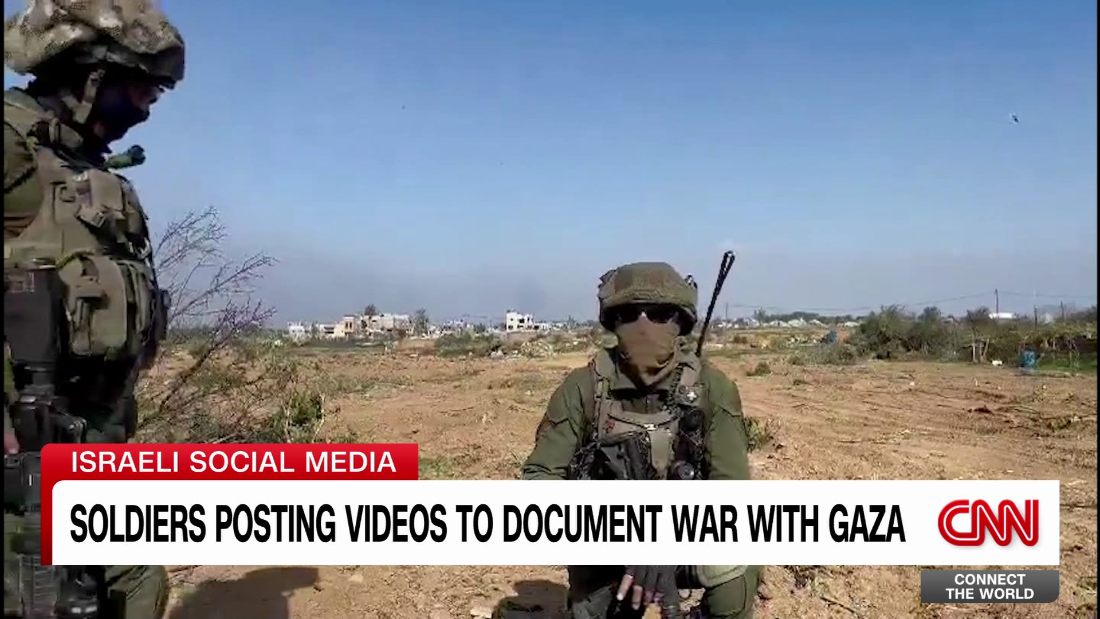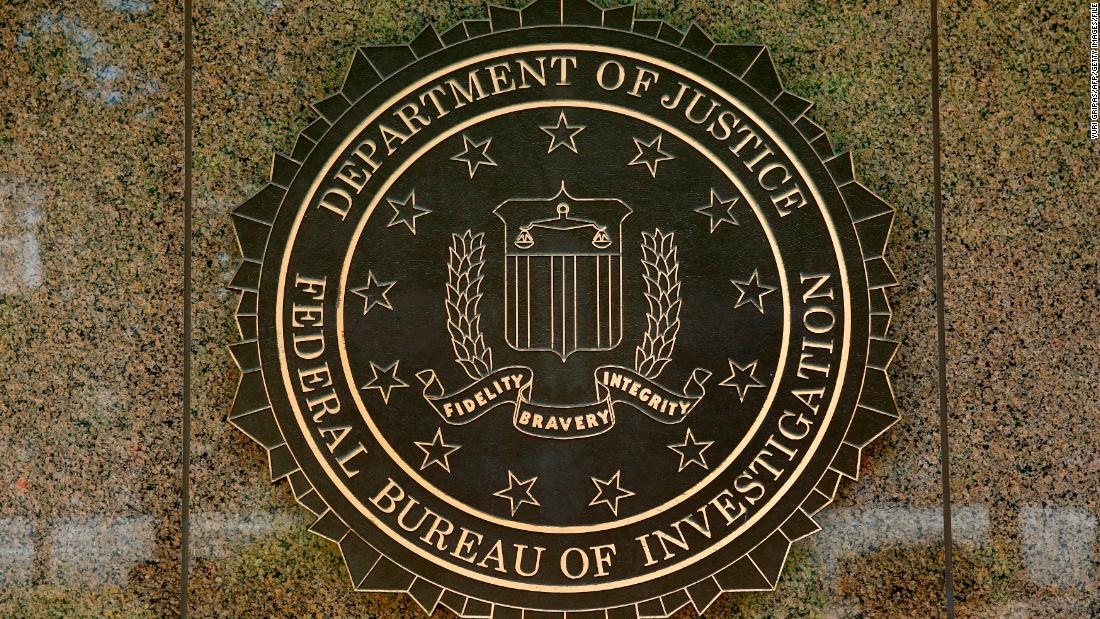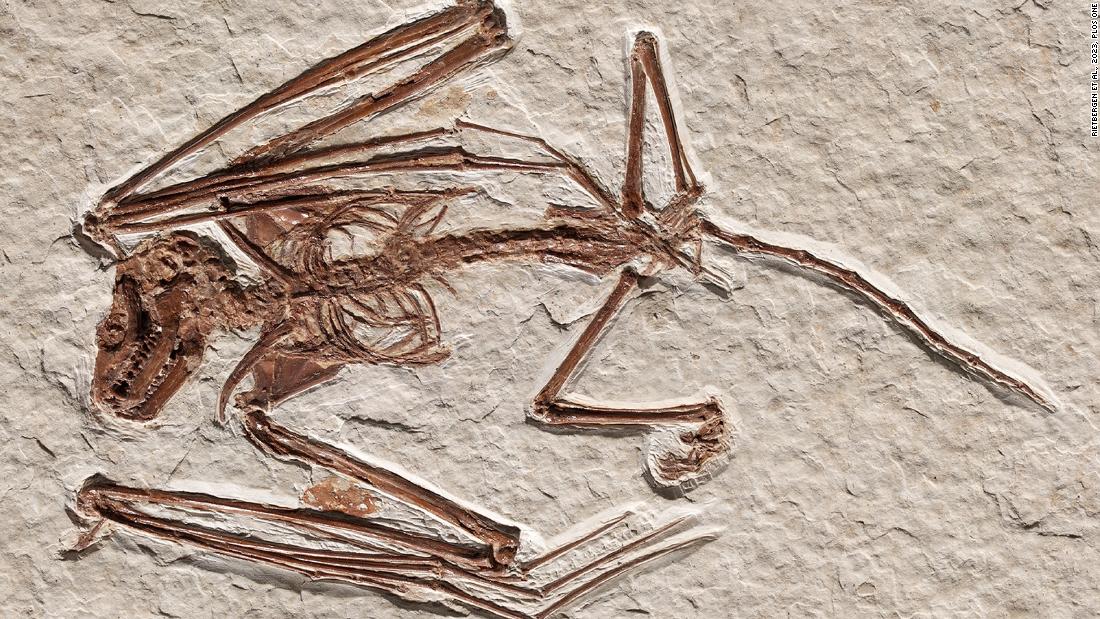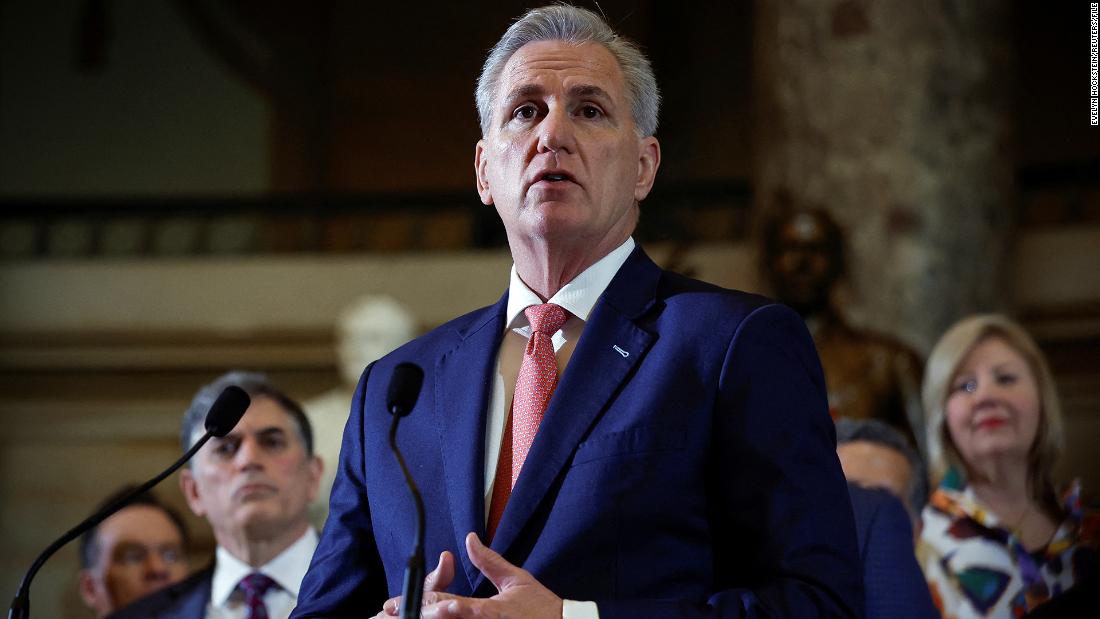AS the snow falls, a heavily pregnant woman is carried on a makeshift stretcher from the bombed maternity ward in Mariupol.
Despite the chaos and carnage in the port city at the start of Russia’s 2022 invasion of Ukraine, journalist Mstyslav Chernov knew he had to keep filming.
APFilm of pregnant Iryna Kalinina, 32, clutching her stomach showed the world the true atrocities being inflicted by Russia[/caption]
APCPR was repeatedly administered to 18-month-old Kirill in hospital, but it was too late to save him[/caption]
APA bloodstained shroud covers teen boy’s body in hospital[/caption]
The harrowing picture of Iryna Kalinina, 32, clutching her stomach showed the world the true atrocities being inflicted on the eastern European country by its neighbour.
Mstyslav and two colleagues from the Associated Press agency were the only journalists left in Mariupol after the invasion of the steel-making city early last year.
The footage and photos they sent out of the surrounded community became a threat to Vladimir Putin’s war effort.
They were branded “information terrorists” by the Russian media and were hunted by troops.
Knowing that the reporters could be interrogated or murdered if they were captured by the Kremlin’s forces, doctors gave them white scrubs to hide their identity and Ukrainian special forces were dispatched to rescue them.
They dodged bullets, bombs and shrapnel as the enemy closed in, before desperately trying to find a way out past the Russian military.
Now, Mstyslav has made an incredibly powerful documentary, 20 Days In Mariupol, a record of the horrors and heroism he witnessed.
Heart-wrenching scenes include an 18-month-old boy dying on the operating table and a police officer who smuggled the film-maker past 15 enemy checkpoints.
The film, which is released in cinemas on Friday, will be Ukraine’s documentary entry for the Oscars.
The three journalists won a Pulitzer Prize for their reporting under fire.
‘Tears of relief’
Despite nearly losing his sight in one eye when a grenade was thrown at him in a previous horror some years ago, Mstyslav knew he had to run towards the wreckage of the blitzed Mariupol maternity ward on March 9 last year.
He told The Sun: “When we realised we were the only ones reporting from Mariupol — and all the people kept coming to us and saying, ‘Keep filming, show this to the world, show it to everyone’ — there was such an immense responsibility.
“So when there was the airstrike on the maternity hospital, we saw it from a distance and we ran there.
“I couldn’t believe my eyes. Cars were burning, women were screaming and we understood it was a hospital and rescue workers were carrying pregnant Iryna on a stretcher through the rubble.
“I knew it was so important to capture every single moment of it.”
Tragically, two days later — when Mstyslav asked a doctor for an update on Iryna’s condition — he was told both the mum-to-be and her unborn child had died.
The experienced cameraman and film-maker had gone to Mariupol with his colleagues, photographer Evgeniy Maloletka and producer Vasilisa Stepanenko, when it seemed likely Russia would invade.
Putin’s forces had previously attempted to take the strategically important city situated between Russia and Crimea, which itself had been illegally snatched by the brutal dictator, in 2014.
It was clear that the population of 425,000 would be a target for any fresh invasion.
From the start of the siege on February 24, 2022, civilian homes were shelled and, by the third day, a quarter of residents had escaped.
Mstyslav, 38, empathised with the families fleeing the conflict because his own daughters had also been forced to quit their home in Ukraine.
APUkrainian soldier holds his position in the bombed city of Mariupol[/caption]
APTerrified residents hit the floor of a hospital as bombs begin to fall[/caption]
AP Photo/Mstyslav Chernov)Locals only have an oil lamp for light as they cower in youth theatre[/caption]
On the fourth day, his team went to Mariupol’s second hospital to document the human impact of Putin’s bombs. As a doctor tried in vain to save the life of a four-year-old, the medic shouted to Mstyslav “to keep filming”, because he wanted to show “how these mother****ers are killing civilians”.
Three days after that, three boys who had been badly injured when a shell landed by their school as they played football were rushed into surgery. One of them, 16-year-old Iliya, did not survive.
On day nine, with antibiotics in short supply, no internet, phone signal nor lights in the hospital, Mstyslav recorded one of the most distressing scenes in the documentary.
CPR was repeatedly administered to 18-month-old Kirill in hospital, but it was too late to save him. It was a heartbreaking moment for Mstyslav, who said: “I remember crying while filming that. I remember crying while editing that.”
By March 4 there was no water, gas nor power in the city, while looting had become widespread.
Mstyslav had to venture out into the shattered ruins to find a strong enough signal to send footage.
His film and Evgeniy’s photos of pregnant Iryna shocked the world and brought immediate condemnation.
Ukrainian President Volodymyr Zelensky said: “What kind of a country is Russia, that it is afraid of hospitals and maternity wards and destroys them?”
But Russian disinformation teams claimed the footage was faked and accused blood-stained mum-to-be Marianna Vyshemirsky, 29, of being an actress. A police officer named Volodymyr warned Mstyslav: “If you get captured, Russians will make you say everything you published is a lie.”
When a tank branded with Z — the mark of Putin’s “special military operation” — pointed its turret towards the last safe hospital on March 11, it became clear the reporters had to get out of the city.
Mstyslav explained: “We got threats, we got called information terrorists.
“What scared me more than being captured was that all the footage would be lost.
“There was so much indiscriminate fire as well. I don’t even know what was more dangerous, to be caught or to be killed by a random shelling.”
Realising the risk the trio was taking, medical staff gave the reporters white scrubs to hide their true identities. The next day, a Ukrainian special forces team extracted them from the hospital, which was under sniper fire.
Mstyslav said: “The hospital was occupied a couple of hours after we escaped and Russians went through it arresting everyone they suspected to be Ukrainian soldiers or not part of the hospital personnel.”
‘Bones burning’
With the city totally surrounded, the journalists’ only hope of smuggling themselves and their film out of Mariupol was by joining a Red Cross convoy evacuating civilians.
Having not made the rendezvous for the safe passage in time, cop Volodymyr offered to drive the wanted trio through the Russian checkpoints with his family of three crammed into a car. After passing 15 security units, they heard friendly Ukrainian voices and Volodymyr’s wife wept tears of relief. Mstyslav said of his saviour’s courage: “He risked himself and his family for us.”
It soon became clear how dangerous their escape had been.
Lithuanian documentary film-maker Mantas Kvedaravicius was shot dead on April 2 when Russian troops opened fire on his vehicle as he left Mariupol.
He was one of 25,000 civilians estimated to have been killed during the siege, which ended on May 20 last year, when the last Ukrainian fighters surrendered.
Mstyslav knows all too well the life and death situations any journalist faces in a war zone. He was covering mass protests in the Ukrainian capital Kiev in January 2014 when a police officer threw a stun grenade at him. Mstyslav recalled: “The grenade that the police threw went under my feet, I got multiple shrapnel in my legs and I almost lost an eye.
“So I was very lucky I did not lose the eye and it still bothers me. I still don’t see very well with one eye.”
Since then he has covered the war in Syria, the retaking of Mosul in Iraq from IS and anti-government protests in Belarus.
But the most traumatic scene he has witnessed was the aftermath of the attack on Malaysia Airlines Flight MH17 over Ukraine by Russian-backed separatists in July 2014. All 298 people on board were killed when the passenger jet was shot down.
Mstyslav, who was the first reporter to document the scene on the ground, said: “That was so horrible and I remember filming the victims in the fields, bones burn- ing, in plastic and metal. I remember thinking, ‘Well this is going to stop, now everybody will see what is happening’.”
Instead, little action was taken against Russia and eventually the futile war intensified.
Mstyslav is now back on the frontline working on a documentary about Ukraine’s counter-offensive against occupying forces.
So far, the effort to take back land from the invaders has been slow and some politicians in the West think ending military aid to President Zelensky’s troops will bring about peace talks.
But Mstyslav doesn’t believe his country will give up on the struggle to regain Mariupol and the rest of Ukraine.
He said: “Some of the people abroad think if they stop supporting and supplying Ukrainians, they will stop fighting and there will be peace, which is an absurd thought to a Ukrainian fighting for survival.
“Sometimes we lose hope, but it doesn’t mean they stop fighting or helping each other.”
20 Days In Mariupol is in cinemas from Friday.
APTanks with the Russian Z markings move along the streets on the edge of Mariupol[/caption]
APReporting from the danger zone, explosions from Russian attacks rock the city[/caption]
APThe film team, from left, Evgeniy Maloletka, producer Michelle Mizner, Mstyslav Chernov and Vasilisa Stepanenko[/caption] Published: [#item_custom_pubDate]






















